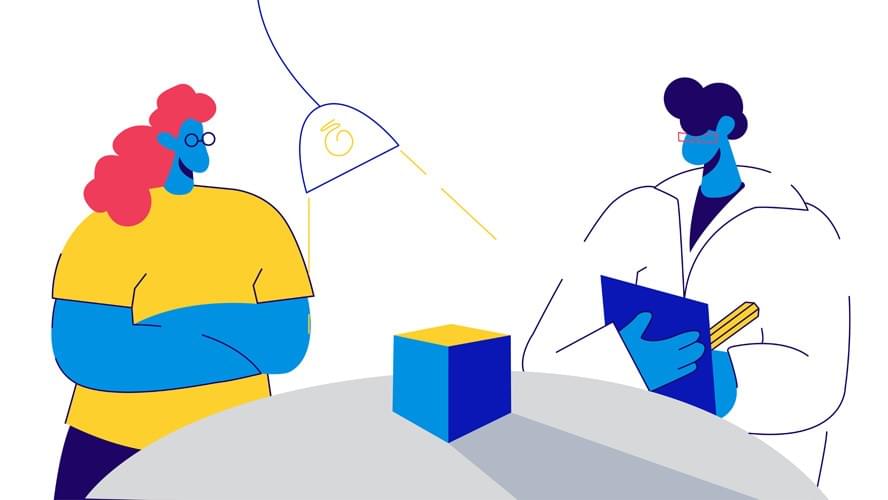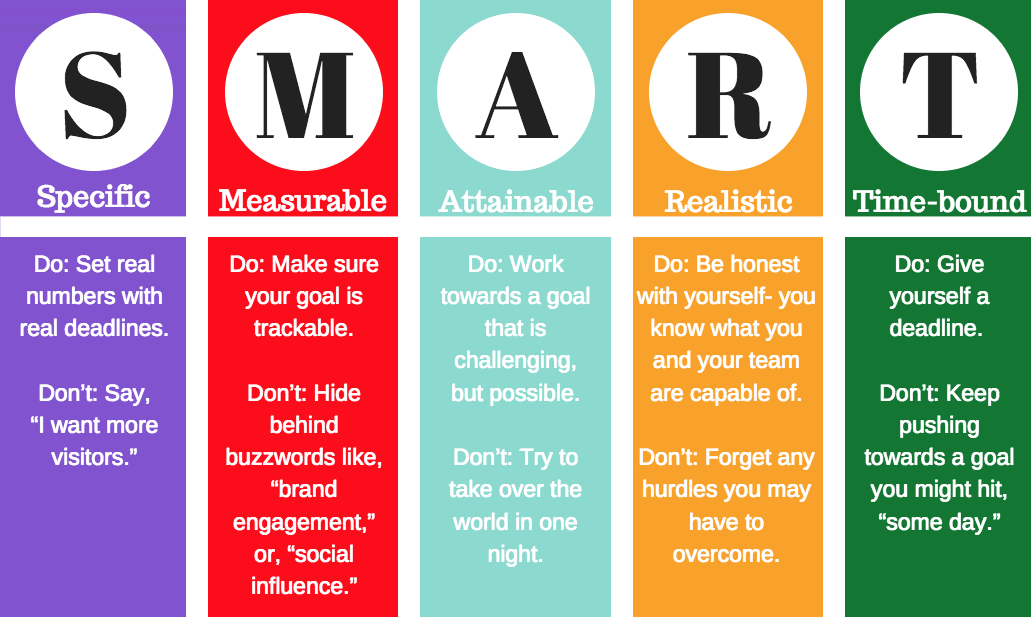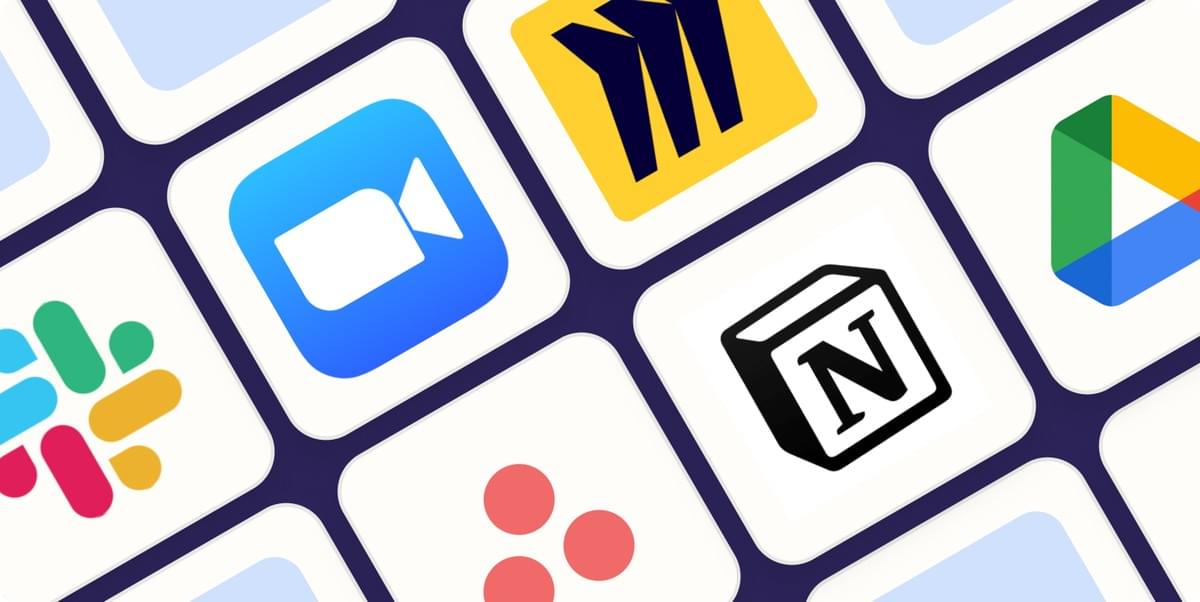Introduction: Navigating the Challenging Landscape of Product Innovation (Without Driving Off a Cliff)
In the fast-paced world of entrepreneurship, developing a successful product is like navigating a complex maze while blindfolded, on roller skates, with someone occasionally moving the walls. Shockingly, only 0.03% of products ever reach profitability—odds slightly worse than finding a parking spot in downtown Manhattan on a Friday night. But don't be discouraged – with the right approach, you can significantly improve your chances of success and avoid joining the "Remember That Failed Product?" Hall of Fame.

1. Conduct Thorough Market Research (AKA: Don't Build Something Nobody Wants)
Know Your Battlefield (Before You Get Ambushed)
Before diving into product development with the enthusiasm of a toddler in a candy store, comprehensive market research is your secret weapon. This means:
- Identifying key competitors (including that startup nobody's heard of that's about to make your idea obsolete)
- Analyzing existing product functionalities (and asking "why hasn't anyone done this before?" – the answer might be terrifying)
- Uncovering unmet customer needs (not just what they say they need, but what they'd actually pay for)
- Understanding market gaps and opportunities (that sweet spot between "nobody's doing this" and "nobody's doing this for very good reasons")
Pro Tip: Leverage tools like Google Trends, industry reports, and customer surveys to gain deep market insights. Just remember that people once told researchers they wanted healthier options at McDonald's, then continued ordering Big Macs.
2. Customer-Centric Approach: The Heart of Innovation (Because Products Without Customers Are Just Expensive Hobbies)
Solving Real Problems (Not Problems You Invented While Showering)
The most successful products don't just exist – they solve genuine customer problems that keep people awake at 3 AM or make them mutter obscenities under their breath. This requires:
- Deep customer activity analysis (stalking, but make it professional)
- Proactive customer engagement (actually talking to humans, not just imagining what they might want)
- Identifying pain points customers might not even recognize (like how people didn't know they needed smartphones until they couldn't live without them)
Key Strategy: Conduct interviews, create user personas, and develop empathy maps to truly understand your target market. And no, your mom telling you your idea is brilliant doesn't count as customer validation.

3. Financial Viability: Crunching the Critical Numbers (Or Why Your Brilliant Idea Might Be a Terrible Business)
Economic Sustainability Matters (Unless You Enjoy Bankruptcy Proceedings)
Not every great idea is a great business, much like not every attractive person makes a great date. Before maxing out your credit cards, evaluate:
- Potential return on investment (ROI) – preferably before the heat death of the universe
- Production costs – including those sneaky ones nobody mentions in entrepreneurship podcasts
- Pricing strategies – beyond "charge what Apple charges"
- Long-term financial sustainability – or "how to avoid eating ramen at age 60"
Financial Checklist:
- Break-even analysis (when you can finally stop avoiding your accountant's calls)
- Projected revenue streams (distinguish between "realistic" and "after three glasses of wine" projections)
- Cost of customer acquisition (hint: usually way higher than you think)
- Potential profit margins (thin enough to make you question your life choices)
4. Set Clear, Measurable Goals (Because "Changing the World" Isn't a Project Milestone)
Roadmap to Success (With Actual Roads, Not Just Inspiring Scenery)
Establish concrete, actionable goals that keep your team aligned and prevent your product development from resembling a chicken with its head cut off:
- Specific timeframes (not "Q2-ish" or "when Mercury isn't retrograde")
- Milestone tracking (that doesn't require creative interpretation)
- Feature development targets (prioritized by customer need, not by which one sounds coolest in pitch meetings)
- Revenue and growth objectives (written in ink, not vanishing Instagram stories)
Recommendation: Use SMART goal-setting methodology (Specific, Measurable, Achievable, Relevant, Time-bound). The "A" does not stand for "Aspirational to the point of delusion."

5. Maintain Laser-Focused Execution (Or: How to Say No to Shiny Object Syndrome)
Avoid the Trap of Feature Creep (Product Development's Silent Killer)
Stay true to your core product vision with the determination of a cat ignoring your expensive toys in favor of the box they came in:
- Prioritize solving the primary customer problem (the one they'll actually pay to solve)
- Resist unnecessary feature additions (no, your productivity app doesn't need a built-in game)
- Maintain a clear, focused development strategy (written down somewhere other than a napkin)
Warning Signs of Feature Creep:
- Constant scope changes that make your developers contemplate career changes
- Losing sight of the original product purpose ("Wait, what were we building again?")
- Overcomplicating the solution until your product resembles the control panel of a nuclear reactor
6. Prioritize Communication and Collaboration (Because Mind-Reading Technology Isn't Ready Yet)
Create a Unified Team Ecosystem (Not a Collection of Isolated Islands)
Effective product development is a team sport, not a solo wilderness expedition:
- Establish clear communication channels (Slack is for updates, not for your cat photos)
- Use collaborative project management tools (that people actually check more than once a month)
- Create dedicated information points (centralized, not scattered across 17 different platforms)
- Encourage cross-functional transparency (so engineering doesn't build something marketing can't sell)
Top Collaboration Tools in 2025:
- Slack (for instant communication and the occasional appropriate gif)
- Notion (for documentation that doesn't immediately become outdated)
- Trello (for people who think visually)
- Asana (for people who enjoy checking off little boxes)

7. Embrace Continuous Feedback (Even When It Hurts Your Feelings)
The Power of External Perspectives (Because You're Not Always Right)
Feedback is the compass that guides product improvement, even when it feels like that compass is being used to stab your ego:
- Implement regular customer feedback loops (not just from the customers who already love you)
- Analyze recurring themes (especially the painful ones you'd rather ignore)
- Stay grounded and objective (your product is not your child; criticism isn't personal)
- Use insights for strategic refinement (feedback without action is just noise)
Feedback Collection Methods:
- User surveys (that ask real questions, not just fishing for compliments)
- Beta testing programs (with actual users, not just your enthusiastic college roommate)
- Social media monitoring (including those brutal Reddit threads)
- Customer interview panels (where you mostly listen instead of defending)
8. Cultivate Resourcefulness (Or How to MacGyver Your Way to Success)
Innovative Problem-Solving (When Reality Doesn't Match Your Business Plan)
Transform constraints into opportunities with the creativity of a parent trying to explain where babies come from to a curious 5-year-old:
- Find creative, cost-effective solutions (because venture capital isn't knocking on everyone's door)
- Leverage free and open-source tools (that don't require selling your firstborn)
- Build strategic partnerships (mutually beneficial, not just you asking for favors)
- Optimize resource allocation (time, money, and sanity—all finite resources)
Resourcefulness Strategies:
- Open-source project management tools (because not everyone has enterprise software budgets)
- Collaborative supplier relationships (be nice to people who make your stuff)
- Lean development methodologies (fancy way of saying "don't waste time and money")
- Continuous learning and adaptation (because the only constant is change, and taxes)

Conclusion: Your Path to Product Success (With Fewer Face-Plants Along the Way)
Successful product development is part art, part science, and part stubborn determination in the face of reality. By implementing these eight strategies, you'll be well-equipped to navigate the challenging landscape of innovation with slightly less screaming into the void.
Remember, persistence, adaptability, and a genuine commitment to solving customer problems are your greatest assets. That, and a healthy sense of humor when things inevitably go sideways.
Ready to Transform Your Product Idea into Reality? Start your journey today – research, plan, and execute with purpose! And maybe keep your day job a little longer than you initially planned.